Medically reviewed by Daniel Bubnis, M.
S., NASM-CPT, NASE Level II-CSS, Fitness — By Ashley Marcin on January 29, 2019
We include products we think are useful for our readers. If you buy through links on this page, we may earn a small commission. Here’s our process.
Healthline only shows you brands and products that we stand behind.
Our team thoroughly researches and evaluates the recommendations we make on our site. To establish that the product manufacturers addressed safety and efficacy standards, we:
We do the research so you can find trusted products for your health and wellness.
Read more about our vetting process.
Pushups are a simple and effective bodyweight movement that can help increase strength in your upper body and core. This exercise works the pectoral muscles in your chest and the triceps. These are the muscles in the back of your upper arms.
You don’t need any equipment to get started with pushups. They’re suitable for beginners and individuals who are more advanced with exercise.
Read more: What muscles do pushups work?
While you may be familiar with standard pushups, there are many variations that may help you get started, progress, or increase difficulty.
Try doing a set of 10 to 15 of each exercise, rest, and then do another set of 10 to 15.
Performing fewer pushups with correct form will be better over time than completing many with poor form.
Here are five pushup variations that increase in difficulty.
Doing a standing pushup against the wall is a good starting place if you’re new to this move.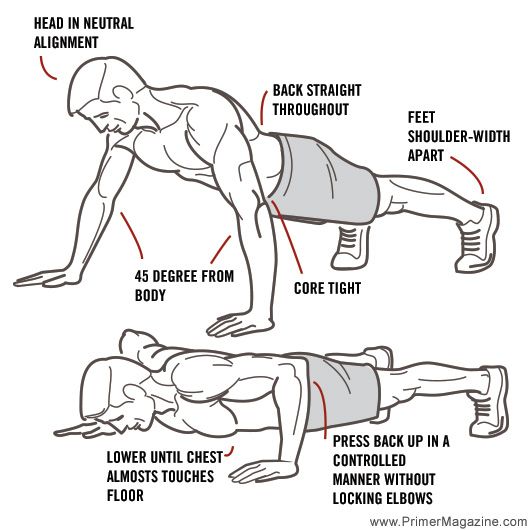 By standing, you put less pressure on your joints.
By standing, you put less pressure on your joints.
As you get more comfortable, you can try one-handed wall pushups. Follow all the instructions above, but alternate sets by placing one arm bent behind you with the outside of your hand on the small of your back. You could also alternate keeping one arm at your side as you pushup with the other.
Read more: Wall pushup variations to strengthen chest, shoulders, and back
To work on stability in your shoulders, try pushups from a seated position.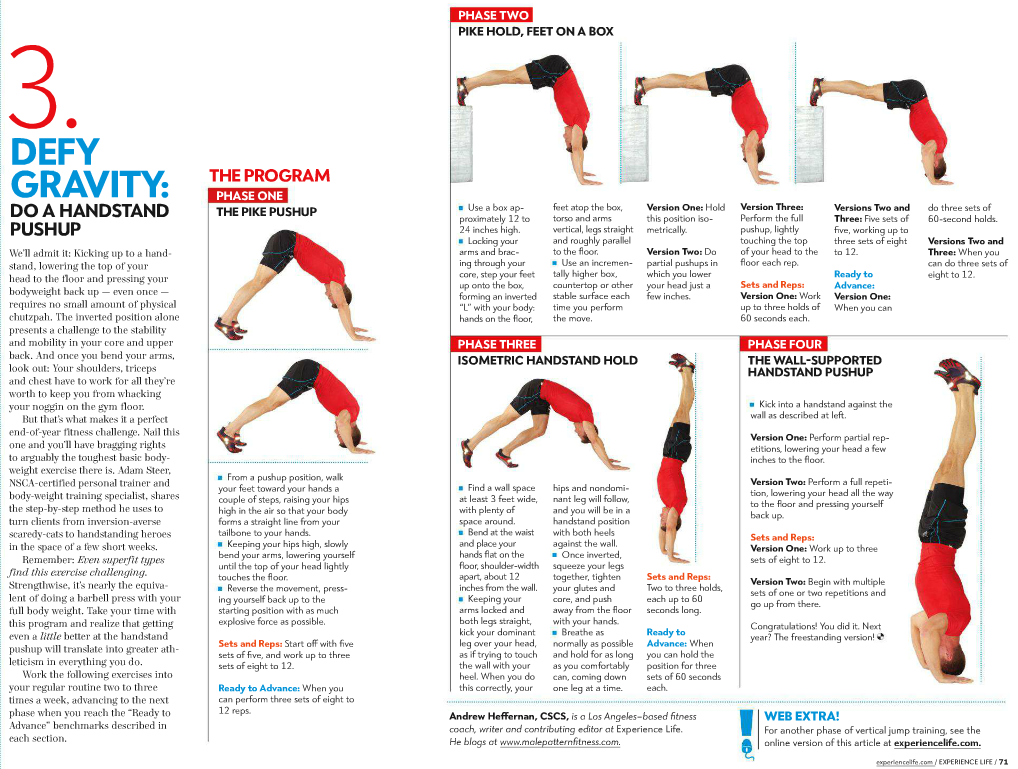
Balancing on your knees instead of your feet is another good modification while you build your strength.
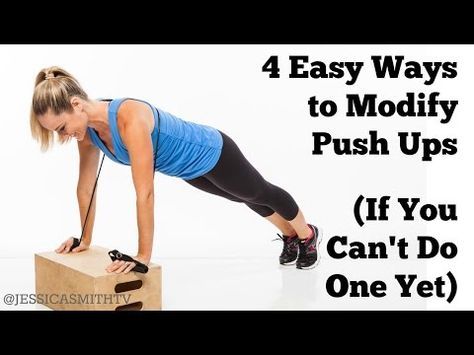
Another way to start this pushup is to begin by laying on your stomach. Bend your knees so your feet are up in the air, then push with your hands into position on your knees.
Fully extending your legs increases the difficulty of this move by adding more body weight. One study showed that the “ground reaction force” or how much weight you push is 64 percent of your body weight with standard pushups. To compare, a kneeling pushup is 49 percent.
Another great variation of the standard pushup is a pushup with hip abduction.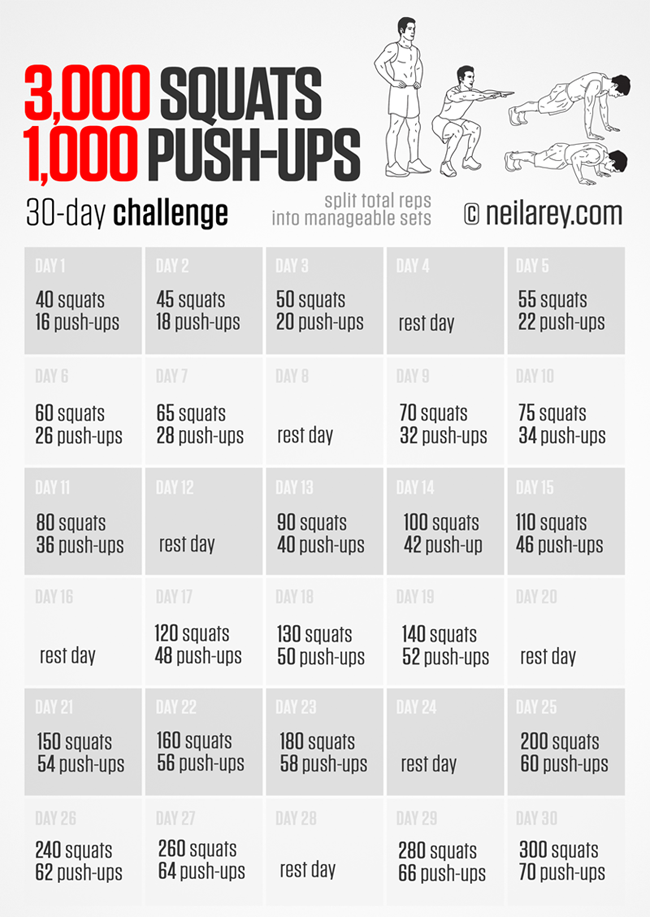 Follow the same instructions as a standard pushup, but lift your left leg off the ground as you lower. Move it slightly further out than your hips and keep your foot flexed. Then repeat on the other side after switching legs from the plank position.
Follow the same instructions as a standard pushup, but lift your left leg off the ground as you lower. Move it slightly further out than your hips and keep your foot flexed. Then repeat on the other side after switching legs from the plank position.
If you want to really challenge your upper body, try incline pushups. You’ll need a stable surface on which to place your hands.
You can further increase difficulty by using a medicine ball, BOSU or balance ball, or suspension trainer. Doing so will make your body work harder to stabilize, taxing muscles even more.
Shop for exercise balls and accessories online here.
Good form and positioning are key if you want to get the most from your workout. Comfort, form, and safety are key parts of any exercise.
The right form can protect your body from injury and make sure you’re getting full engagement from the muscles you’re trying to work.
Try these methods to make your pushups more comfortable.
When doing pushups on the ground, you’ll want to keep a flat back.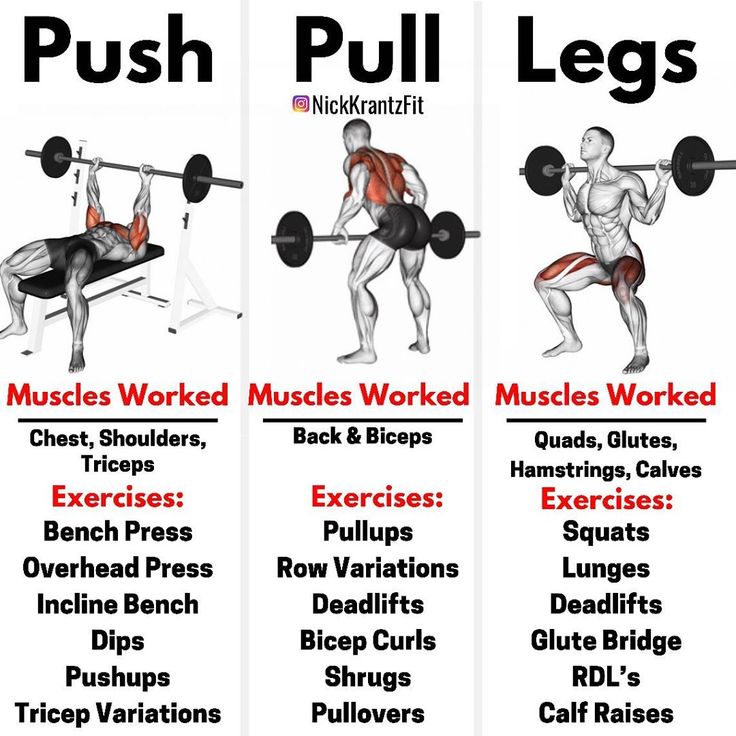 Resist sagging your spine or arching it up toward the ceiling. Contracting your core muscles will help keep your form in check. Make sure to keep your movements slow and controlled versus slamming your body down too quickly.
Resist sagging your spine or arching it up toward the ceiling. Contracting your core muscles will help keep your form in check. Make sure to keep your movements slow and controlled versus slamming your body down too quickly.
Your shoulders, hips, and ankles should be aligned.
Try asking yourself some questions to check in with your form:
You might wonder how hand positioning might increase difficulty. Your options are holding your hands wide apart or more narrowly together. One study from 2005 suggests that the narrow base position increases muscle activation in the pectorals and triceps.
To incorporate hand positioning into your routine, try keeping your palms in front of your chest and your elbows in toward your body at the start of your pushups.
Pushups may be hard to complete at first, even with modification.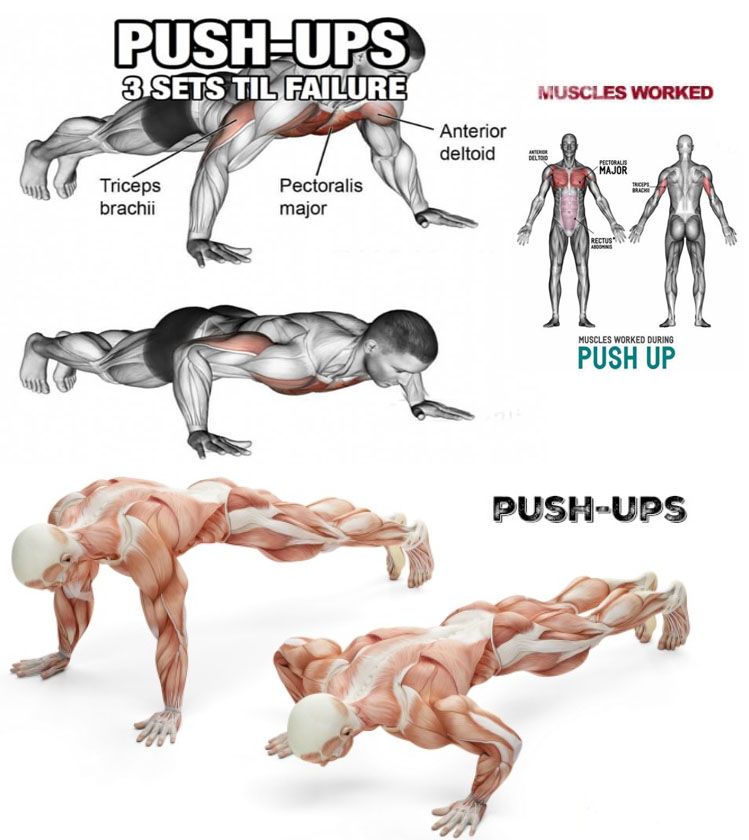 If you cannot complete 10 to 15, start with sets of 5 or less and build from there.
If you cannot complete 10 to 15, start with sets of 5 or less and build from there.
Increasing strength and endurance takes time but is worth the effort. Remember, performing fewer pushups with correct form will be better over time than completing many with poor form.
Read more: What are the benefits and risks of doing daily pushups?
New to exercise? It’s an excellent idea to check in with a personal trainer to ensure you’re performing pushups correctly. You might be able to talk to someone from a gym or through your healthcare provider.
After you get the hang of pushups and are confident with your form, you may want to try a pushups challenge. Consistency is important to building strength. In the challenge, you work your way up over the course of 2 months until you can complete 100 pushups at one time.
Even if you’re not looking to go so extreme, incorporating this efficient body-weight exercise into your routine is sure to strengthen your upper body, back, and core to help with everyday movement.
Last medically reviewed on January 29, 2019
Healthline has strict sourcing guidelines and relies on peer-reviewed studies, academic research institutions, and medical associations. We avoid using tertiary references. You can learn more about how we ensure our content is accurate and current by reading our editorial policy.
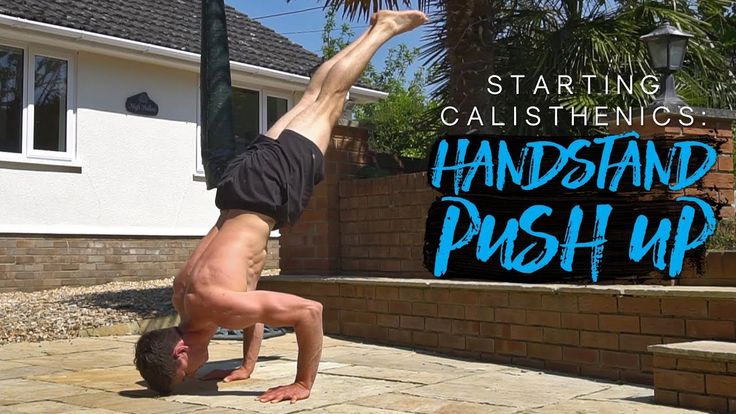 Video: Modified push-up.
Video: Modified push-up.Our experts continually monitor the health and wellness space, and we update our articles when new information becomes available.
Share this article
Medically reviewed by Daniel Bubnis, M.S., NASM-CPT, NASE Level II-CSS, Fitness — By Ashley Marcin on January 29, 2019
The Benefits of Wide Pushups and How to Do Them
Medically reviewed by Daniel Bubnis, M.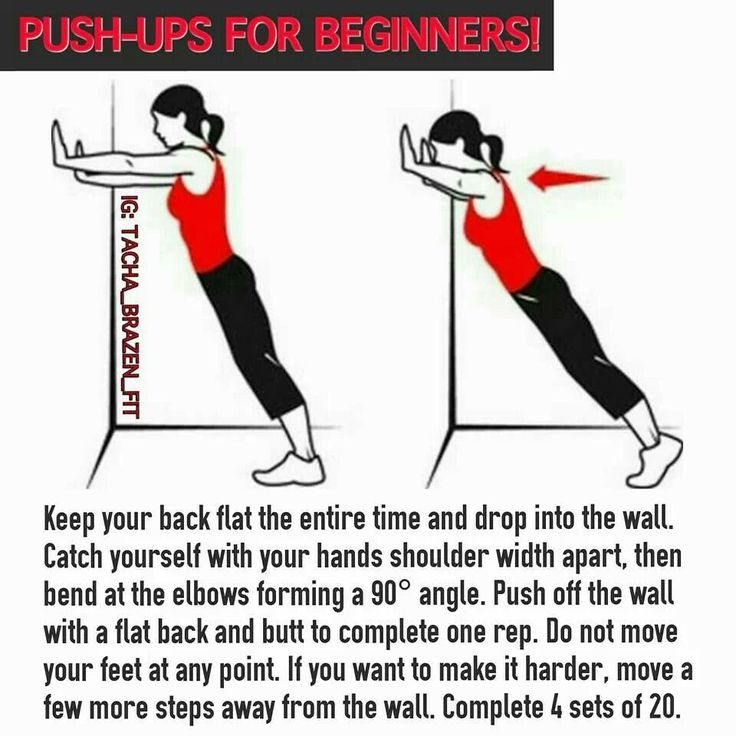 S., NASM-CPT, NASE Level II-CSS
S., NASM-CPT, NASE Level II-CSS
Wide pushups can build strength in your chest, shoulders, and biceps. They offer other benefits, too. Learn how to do a wide pushup with correct form…
READ MORE
Incline Pushups
Medically reviewed by Gregory Minnis, DPT
Incline pushups are not only an effective way to challenge yourself if you’re getting tired of regular pushups, but they can also be helpful if you…
READ MORE
What Are the Best Alternatives to Pushups?
Medically reviewed by Daniel Bubnis, M.S., NASM-CPT, NASE Level II-CSS
Pushup alternatives are an excellent option if you’re new to pushups or fitness. They work some of the same muscles while providing a less challenging…
READ MORE
Try This: 8 Pushups and Other Moves to Work Your Triceps
Medically reviewed by Daniel Bubnis, M.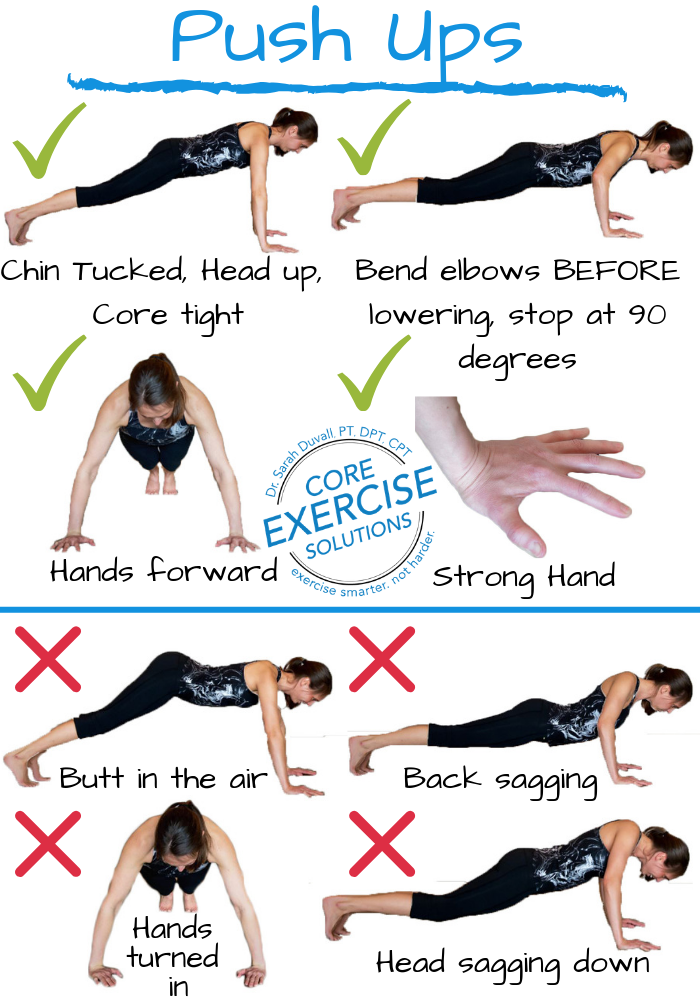 S., NASM-CPT, NASE Level II-CSS
S., NASM-CPT, NASE Level II-CSS
If you want to sculpt a killer set of triceps — the muscles on the back of your arms — look no further. These pushup variations are all you need to…
READ MORE
What Muscles Do Push-Ups Work?
Medically reviewed by Jake Tipane, CPT
The push-up isn't just for the chest. This article answers the question 'what muscles do pushups work' and provides tips on form, mistakes, and…
READ MORE
8 Calisthenics Exercises for Beginners
Medically reviewed by Daniel Bubnis, M.S., NASM-CPT, NASE Level II-CSS
READ MORE
What Are Air Squats?
Medically reviewed by Daniel Bubnis, M.S., NASM-CPT, NASE Level II-CSS
READ MORE
What is Gyrotonic?
Medically reviewed by Danielle Hildreth, RN, CPT
Gyrotonic is a mind-body exercise modality that moves the body through circular sequences and patterns.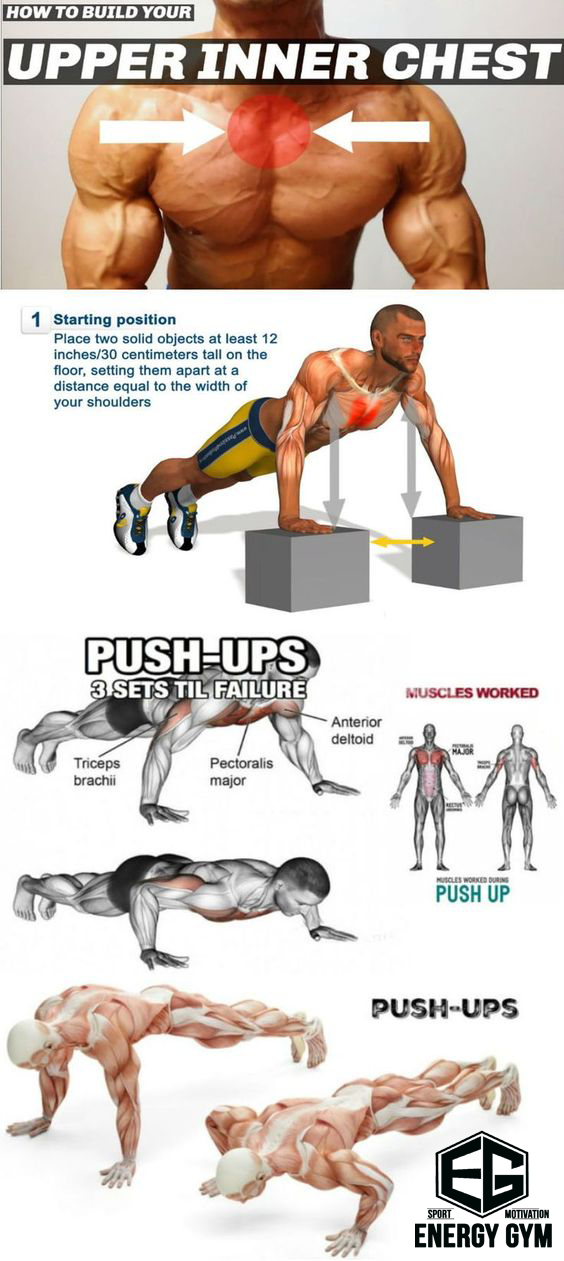 But it's more than just a good stretch — it…
But it's more than just a good stretch — it…
READ MORE
On Becoming a Mother Runner
My postpartum journey back to the race course wasn't always pretty, but it taught me how much I was capable of... and helped me quiet my mind in the…
READ MORE
Aerobic vs. Anaerobic Exercise: Which Is Best for Weight Loss?READ MORE
Take the plank position to perform your pushups in the right form
Do not stop when you are tired, stop only when you are done. Never give up on pushups just because you couldn't push yourself harder or couldn't lift your own body weight. If you find a workout to be beneficial to your fitness goals, before excelling, it's crucial to know what you might be doing wrong. Following are 3 common mistakes people make while trying pushups, fix them right now and experience the results.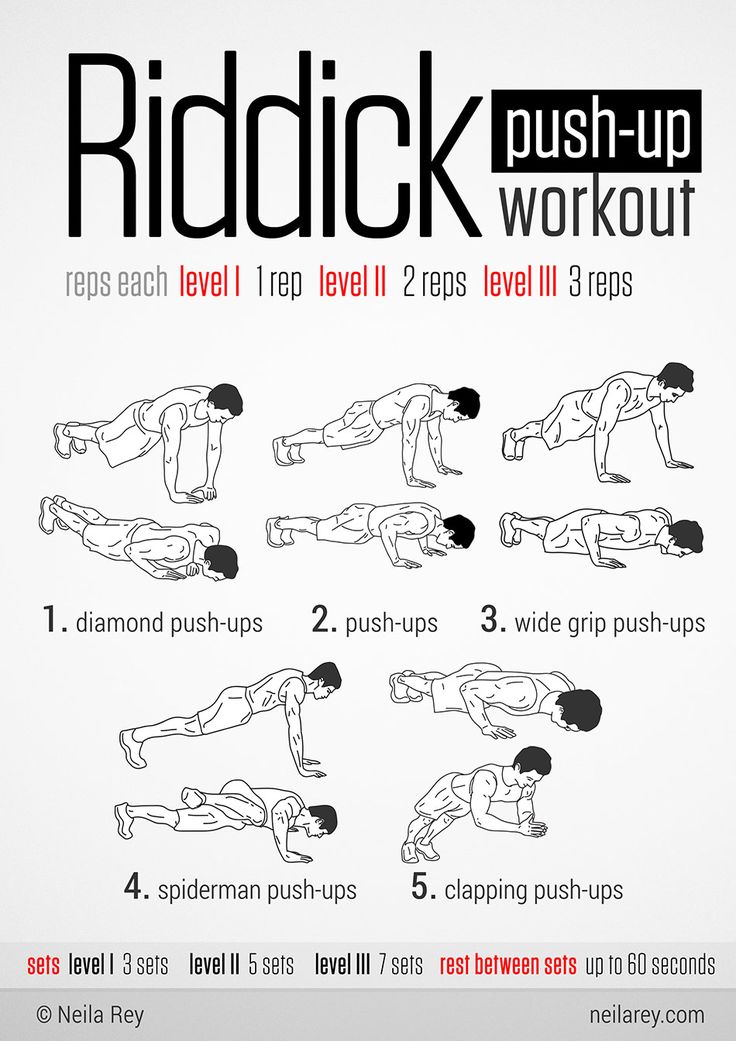
Too Fast:
You might have watched several youtube videos with 100 pushups under 5 minutes or something similar. Though one can perform push ups fast enough for a competition or a challenge, it is never advisable to perform your pushups too fast in your regular workouts. It increases the force exerted on your elbow joints, making it more painful and making you unlikely to perform it the next day. Thus, the ideal time taken to perform a pushup is subjective depending on your style, ranging from 3 seconds to 5 seconds.
T-Shape is the pushup sin:
Now that you have found the ideal speed of a pushup, here is another common mistake made concerning the hand placement during a pushup. Most beginners place their palms wide apart and forward like the dog pose in yoga thinking that it can engage their chest muscles more, enabling them to build a wider chest. Your goal goes unsatisfied by exerting too much pressure on the shoulders, making you hunch, and ultimately not being able to perform a perfect pushup.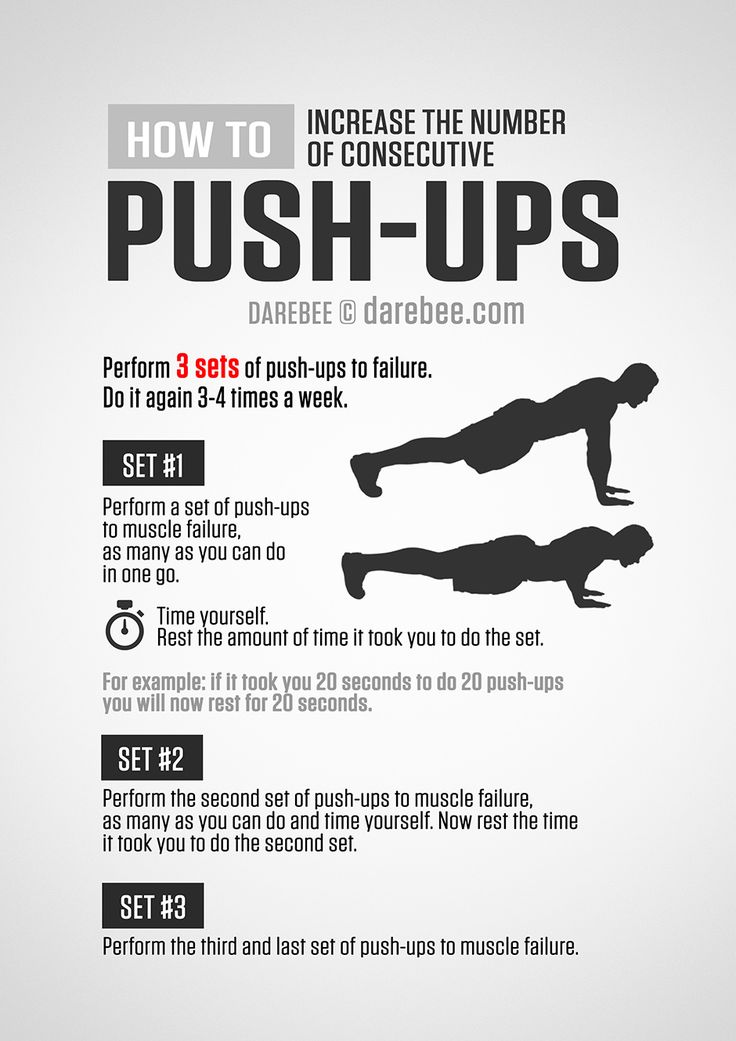 Also, when you place your palms wide, your body looks like T-shape while performing the pushup making your elbows flare, or coming outside the body, which is not the right way. Ensure that each palm is directly under the shoulders, slightly wider than your chest. This position will provide you sturdy support, exerting equal pressure on your core, chest, and ultimately engaging the right muscles.
Also, when you place your palms wide, your body looks like T-shape while performing the pushup making your elbows flare, or coming outside the body, which is not the right way. Ensure that each palm is directly under the shoulders, slightly wider than your chest. This position will provide you sturdy support, exerting equal pressure on your core, chest, and ultimately engaging the right muscles.
Lower Back:
Neither lift your hips towards the ceiling nor sag your lower body. Both the positions can be dangerous to perform a pushup as it is not just a poor position but can result in hip injury at times. If you lift your hips, you would probably look like an upside-down V not engaging your core muscles. Even when you perform a pushup with that position, you don't use your glutes and rather cheat yourself in the process. The perfect position is to keep your whole body straight to the ground while performing the pushup. Keep your palm at shoulder width, do not hunch your shoulders, ensure that the spinal cord is straight, and your lower body straight with the ground.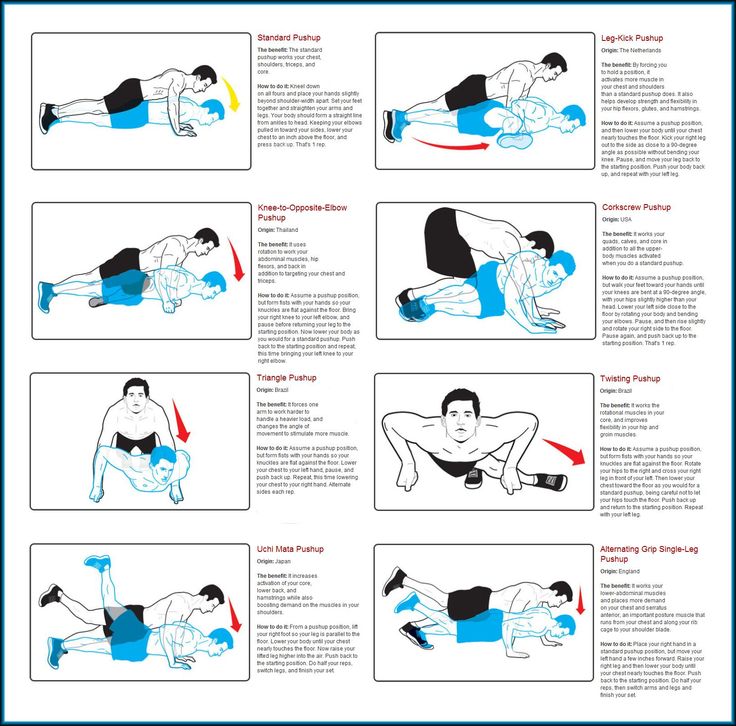 Squeeze your glute muscles to lower your butt and to get the expected effect.
Squeeze your glute muscles to lower your butt and to get the expected effect.
In simple words, take the plank position to perform your pushups in the right form. If you feel it is too hard to find the right position, get help from experts either online or get a fitness trainer to help you. When you start mastering the art of pushups, you are on the right track!
Promoted
Listen to the latest songs, only on JioSaavn.com
(Vijay Thakkar, Fitness Entrepreneur and Functional Medicine Coach)
Disclaimer: The opinions expressed within this article are the personal opinions of the author. NDTV is not responsible for the accuracy, completeness, suitability, or validity of any information on this article. All information is provided on an as-is basis. The information, facts or opinions appearing in the article do not reflect the views of NDTV and NDTV does not assume any responsibility or liability for the same.
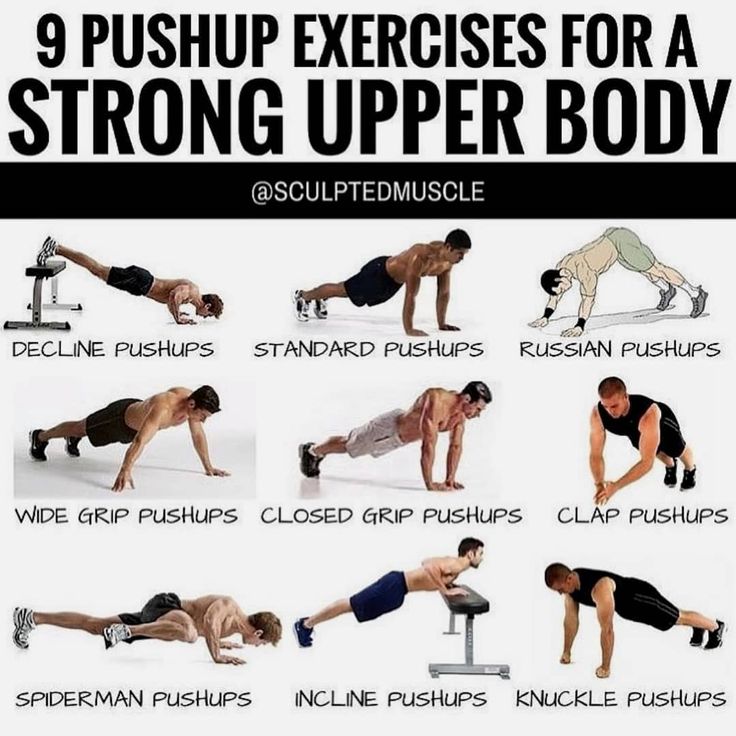 She admits that timid attempts to master push-ups ended in constant failure. Either there was not enough willpower, or there simply wasn’t a knowledgeable coach nearby who would have laid out all the stages of training for a weak beginner. Amurskaya Pravda found out how to learn to do push-ups correctly. nine0005
She admits that timid attempts to master push-ups ended in constant failure. Either there was not enough willpower, or there simply wasn’t a knowledgeable coach nearby who would have laid out all the stages of training for a weak beginner. Amurskaya Pravda found out how to learn to do push-ups correctly. nine0005
Photo: AP Archive
Svetlana Stepanova, senior coach of the Platinum Fitness club, spoke about the intricacies of mastering this physical exercise. “Push-ups are a basic exercise that engages a large number of muscle groups. Therefore, if you learn how to do push-ups well, then, in principle, you will not particularly need dumbbells and simulators, ”notes Svetlana. First of all, you need to strengthen the weak muscular corset of the shoulder girdle. Although the trainer advises to load all muscle groups, including the abdomen, back and legs. nine0005
Tip 1: Get weak against the wall
- If there is very little strength, you can start by doing push-ups from the wall, - advises Svetlana Stepanova.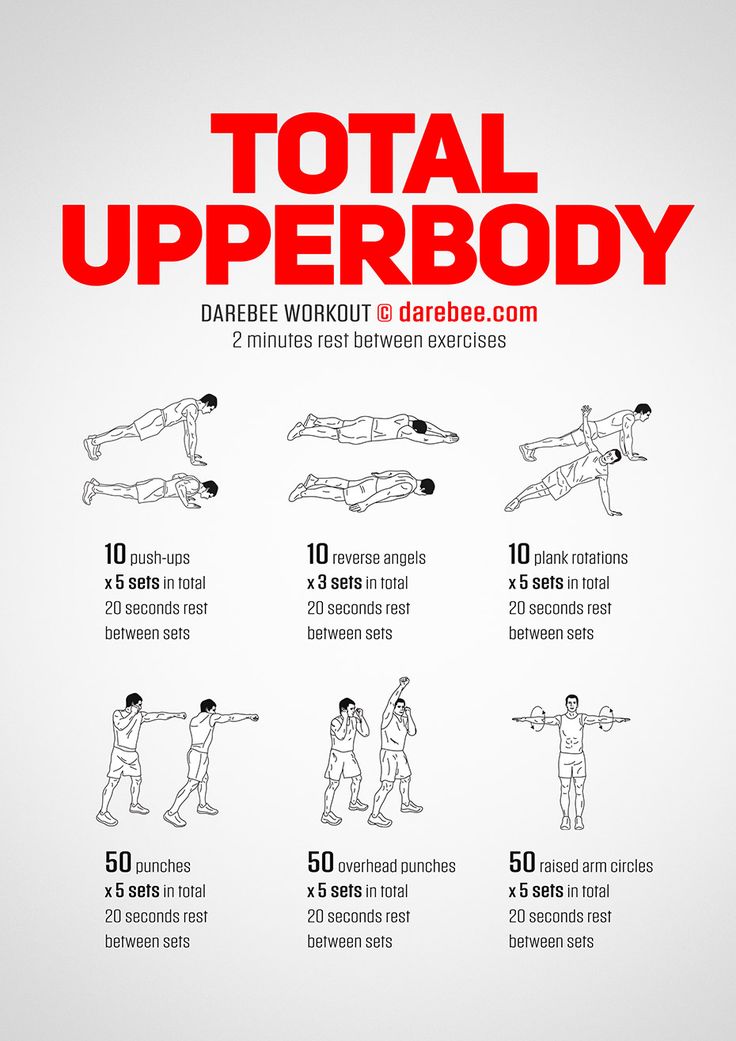 - Place your hands shoulder-width apart, at the level of the pectoral muscles, and push up like this. But this option is very easy, for example, for weak girls.
- Place your hands shoulder-width apart, at the level of the pectoral muscles, and push up like this. But this option is very easy, for example, for weak girls.
The number of repetitions with such simple push-ups should be more. And after 2-3 days of classes, you can try to do push-ups from the floor with bent knees. It is not worth delaying the transition from exercises with a wall to exercises on the floor, because otherwise the nervous system will remember easy movements and then refuse to work in more difficult conditions, the trainer explains. nine0005
Tip 2: Get on your knees and hold your back
The next stage - push-ups from the floor with bent knees - is more difficult. Place a soft mat under your knees and get started. “Be in a position face down, rest your arms straight on the floor, bend your knees, your shins can be raised up, put your palms shoulder-width apart or a little wider,” Svetlana teaches. Putting your hands a short distance, making the so-called "narrow grip", is not worth it for beginners - it's harder.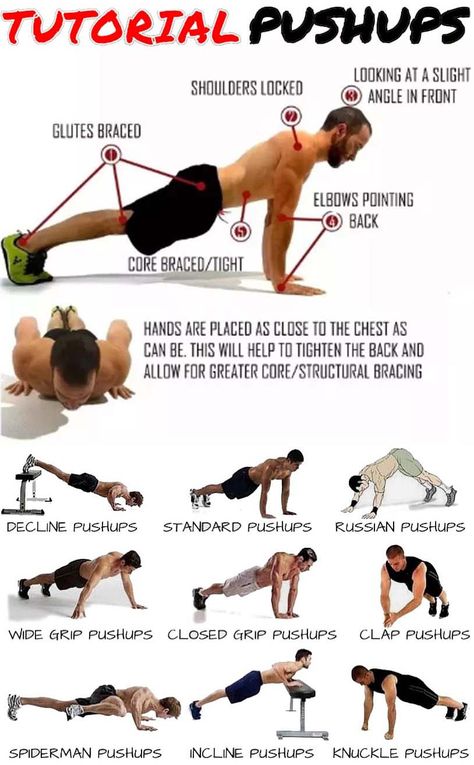
The main task is to keep the back straight without bending in the body. “Be sure to take a breath, bend your elbows and bring your chest as close to the floor as possible,” the specialist describes the correct execution of the exercise. - The most important thing is that the lumbar spine does not strongly arch, does not sag. To avoid this, tighten your abdominal muscles. nine0005
Tip 3: Breathe Properly
You need to breathe correctly during push-ups: while inhaling, bend your arms at the elbow joint and lower yourself to the floor, and while exhaling, when a powerful effort occurs, lift the body up. “In no case do not forget to breathe, we must not create intra-abdominal pressure,” the coach warns.
Tip 4: Increase the number of repetitions
At the very first stage, pushing up from the floor with bent knees, you need to repeat the exercise at least 3-5 times, performing 3-4 sets. This will help to gradually strengthen the muscles.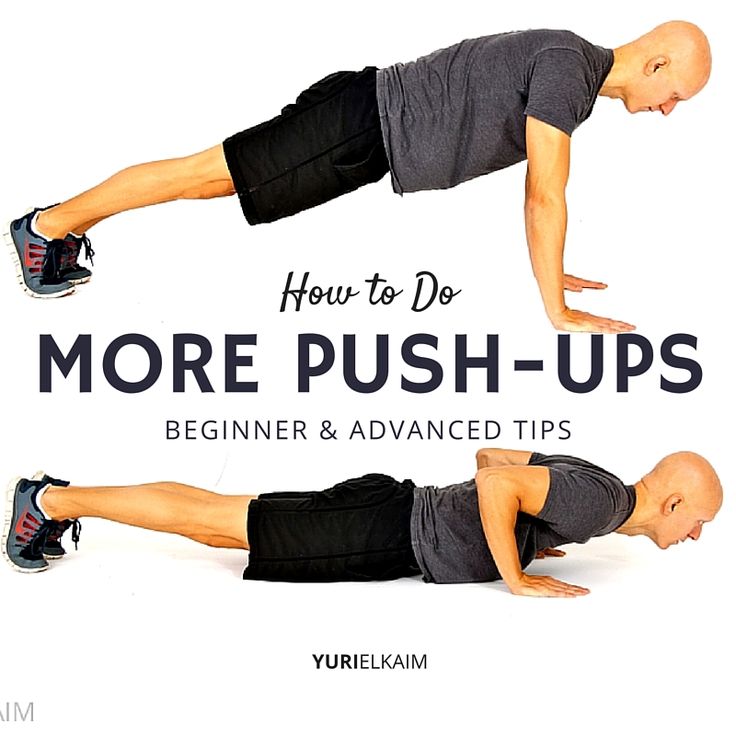 For weak women, the exercise can be done 1-2 times to start. For men it is better to start with five times. The number of repetitions and approaches should be gradually increased. “For example, in the first week, you can do three sets of five push-ups. Next week - add either the number of push-ups or the number of approaches, I advise both. Let's say you already do 4 sets, pushing up 7 times, ”explains Svetlana Stepanova. nine0005
For weak women, the exercise can be done 1-2 times to start. For men it is better to start with five times. The number of repetitions and approaches should be gradually increased. “For example, in the first week, you can do three sets of five push-ups. Next week - add either the number of push-ups or the number of approaches, I advise both. Let's say you already do 4 sets, pushing up 7 times, ”explains Svetlana Stepanova. nine0005
This option is more suitable for women. Men, even very weak ones, should load themselves more intensively, since their shoulder girdle is stronger in any case, and increase the number of repetitions in the second week, for example, up to 10 times, and in the third - up to 15.
Tip 4: Warm up is a must
Before starting push-ups and between sets, be sure to do a good warm-up, otherwise you can get injured by damaging the ligaments and tendons. “It is necessary to stretch the upper shoulder girdle: make good circular movements of the shoulder joint, tilt left and right, do not forget to stretch the brushes, because they are under a fairly large load. Cold muscles simply will not succumb to a heavy load, ”explained Svetlana Stepanova. nine0005
Cold muscles simply will not succumb to a heavy load, ”explained Svetlana Stepanova. nine0005
Tip 5: Get off your knees
- When you do about 20 push-ups from the floor confidently enough, beautifully, correctly, methodically, then you can already raise your knees from the floor and slowly learn to do push-ups without their participation, with straight legs, a full body, - advises Svetlana Stepanova. - Proceed in the same way: first perform 2 to 5 repetitions, then increase the number and number of approaches.
According to professionals, how quickly a person learns to push up from the floor depends on his character, but on average it can take a month. If you don’t have enough willpower, it’s better to master this physical exercise not at home, but in the gym, where the whole environment around will motivate. “There are more chances to learn in the gym,” the coach is sure. nine0005
Age category of materials: 18+
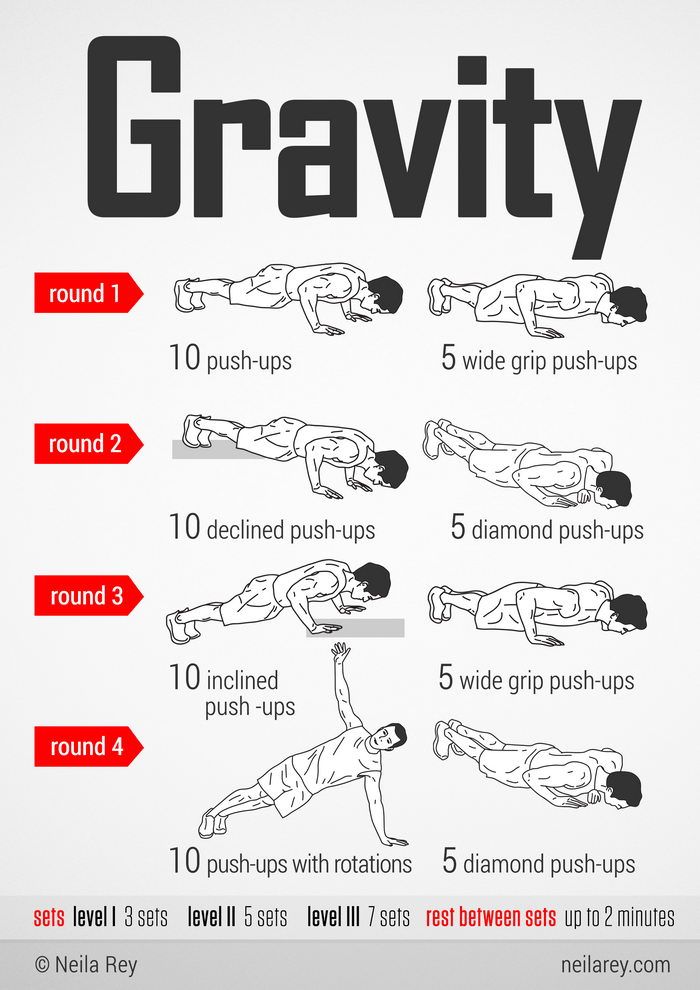 Choosing curtains for the kitchen: type and design "Amurskaya Pravda" continues the competition for the best folk advice from readers warm your stomach How to learn not to be late: 10 tips from a psychologist How to care for a beard: 7 tips for men
Choosing curtains for the kitchen: type and design "Amurskaya Pravda" continues the competition for the best folk advice from readers warm your stomach How to learn not to be late: 10 tips from a psychologist How to care for a beard: 7 tips for men